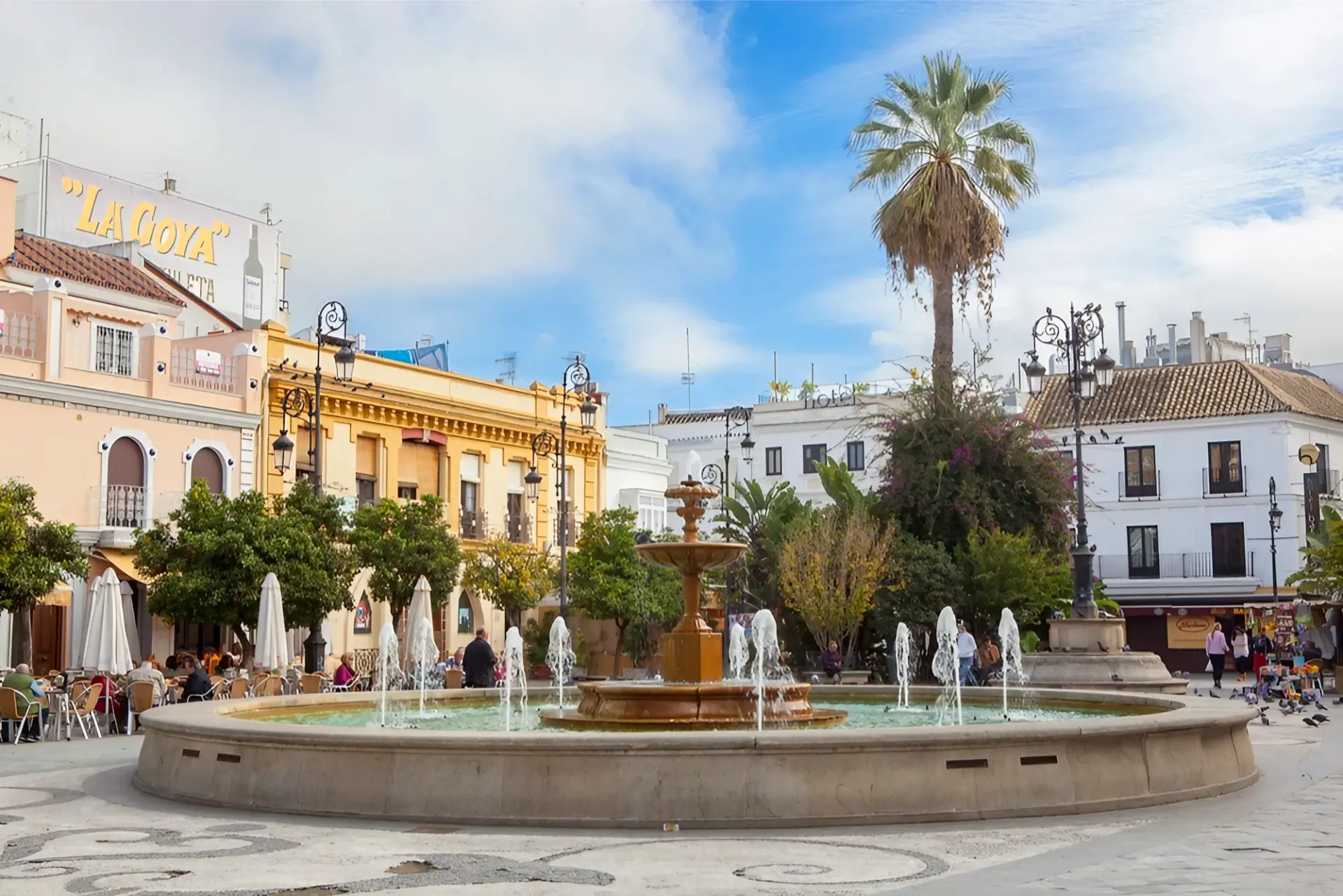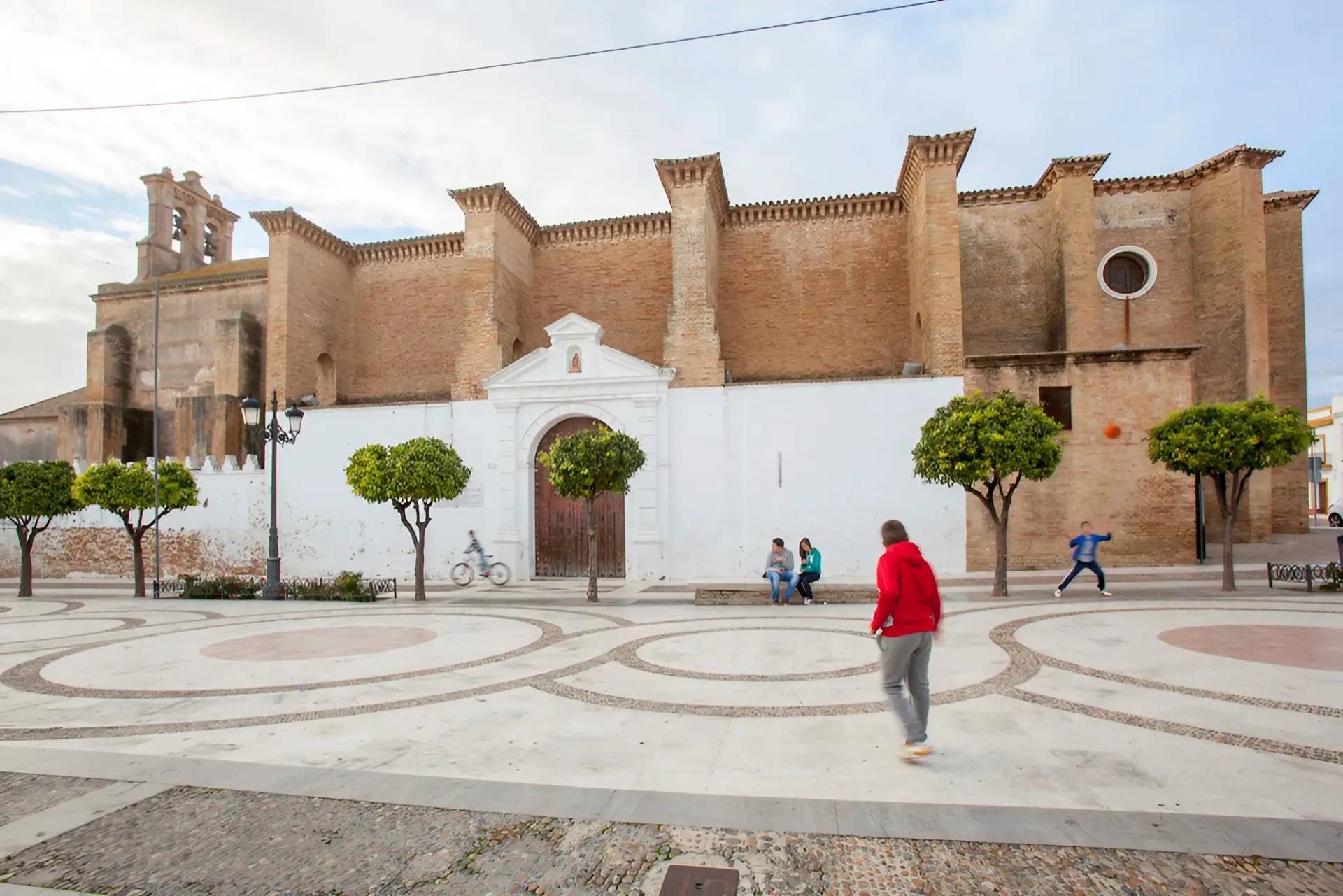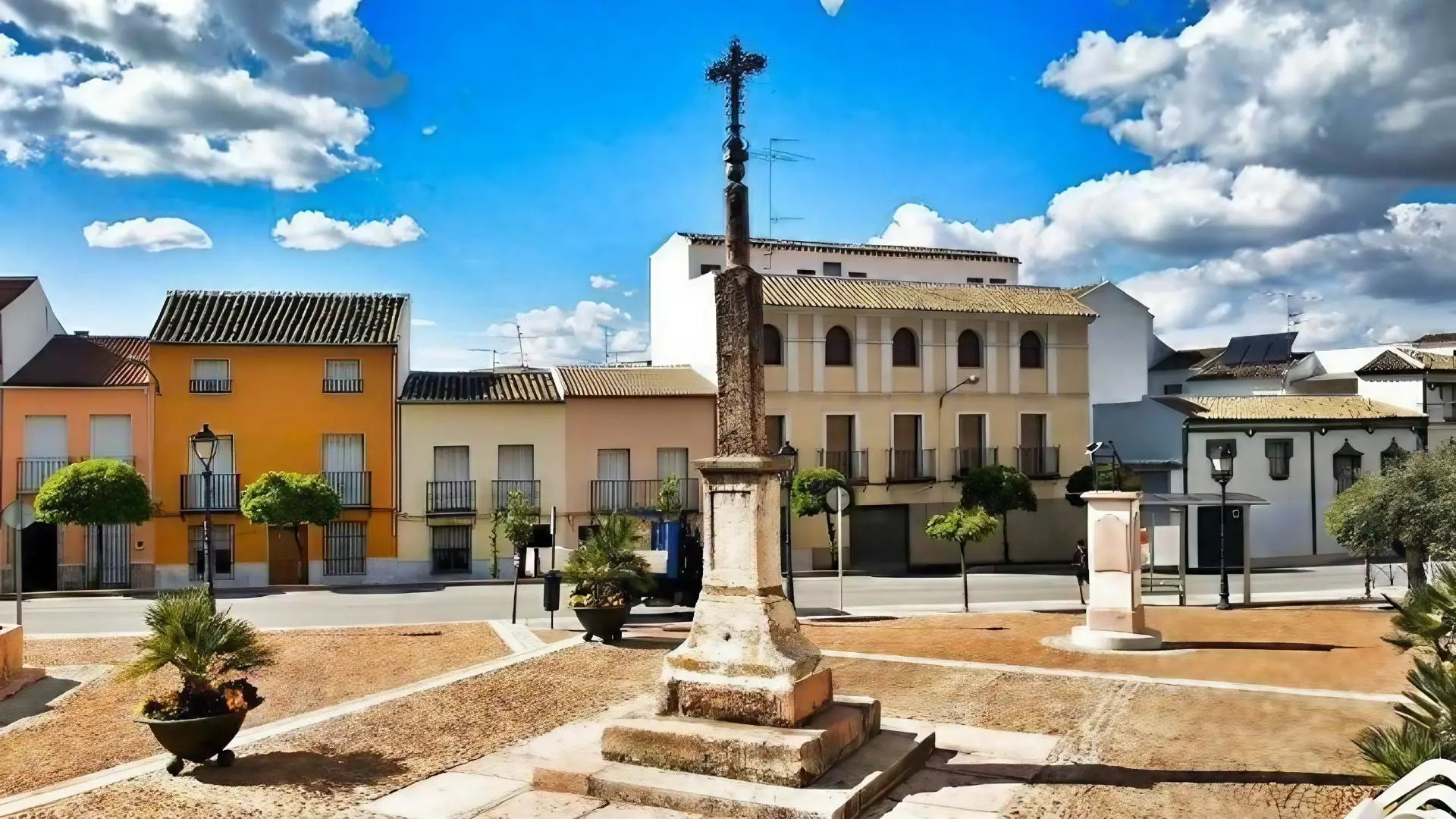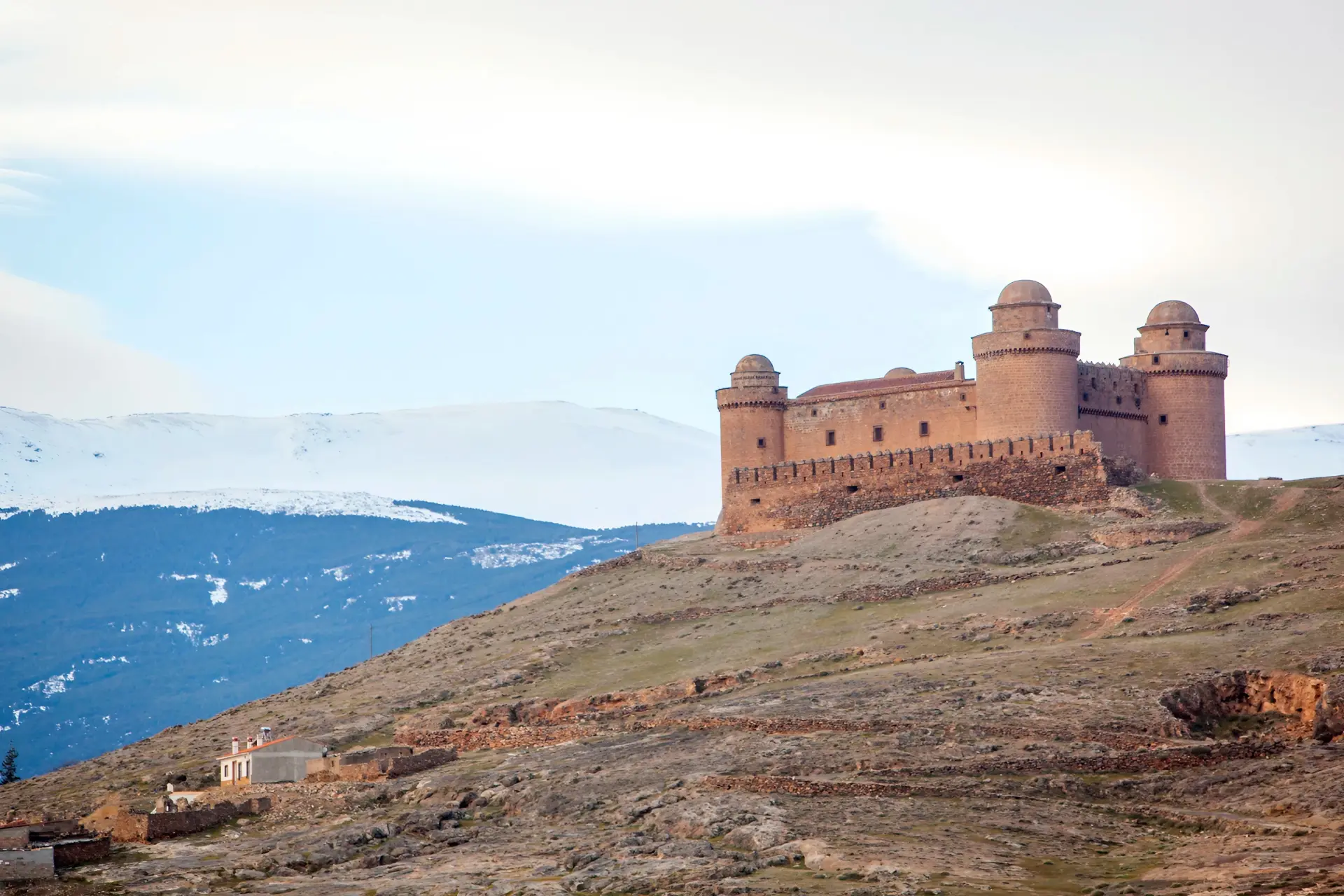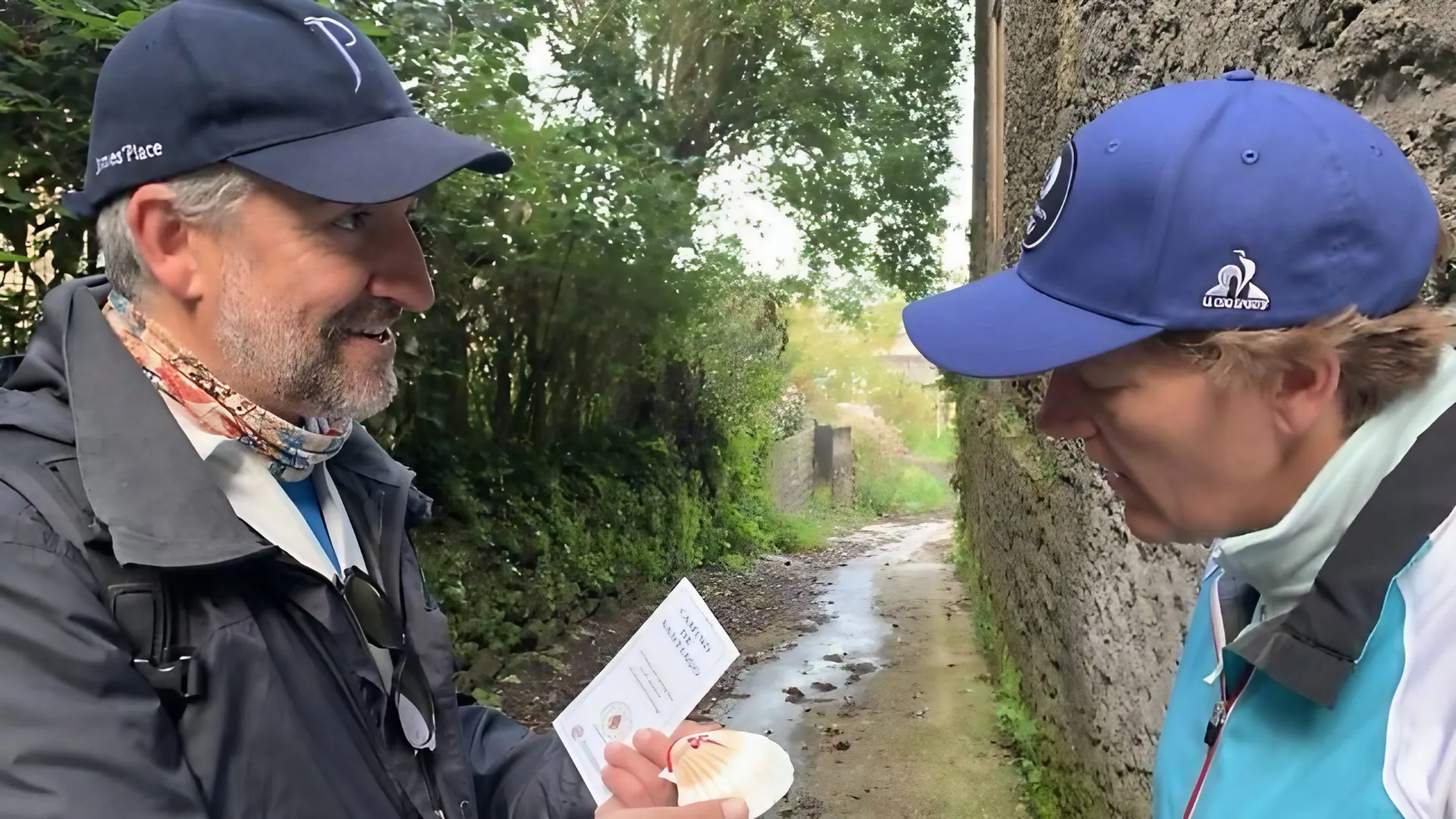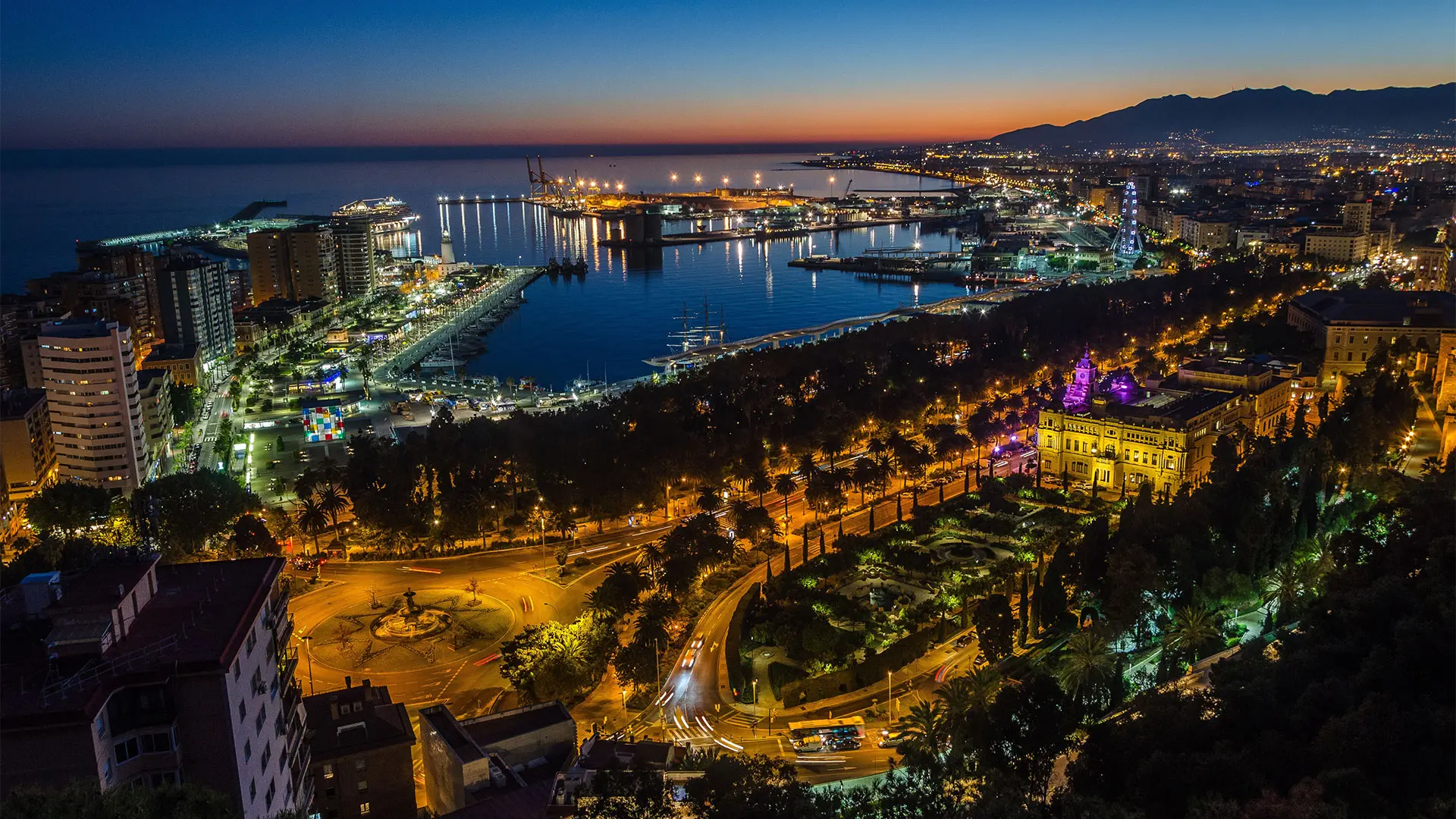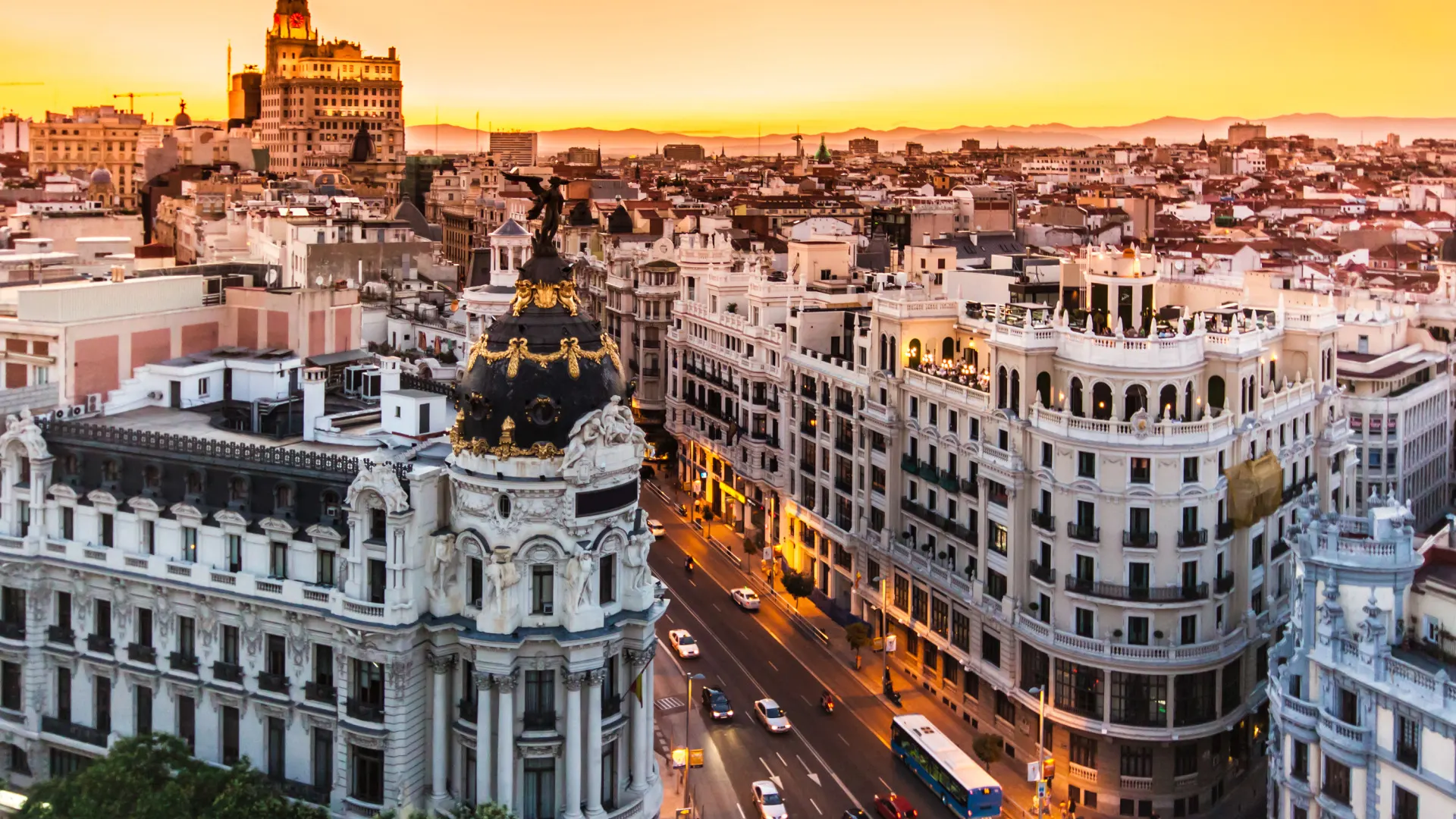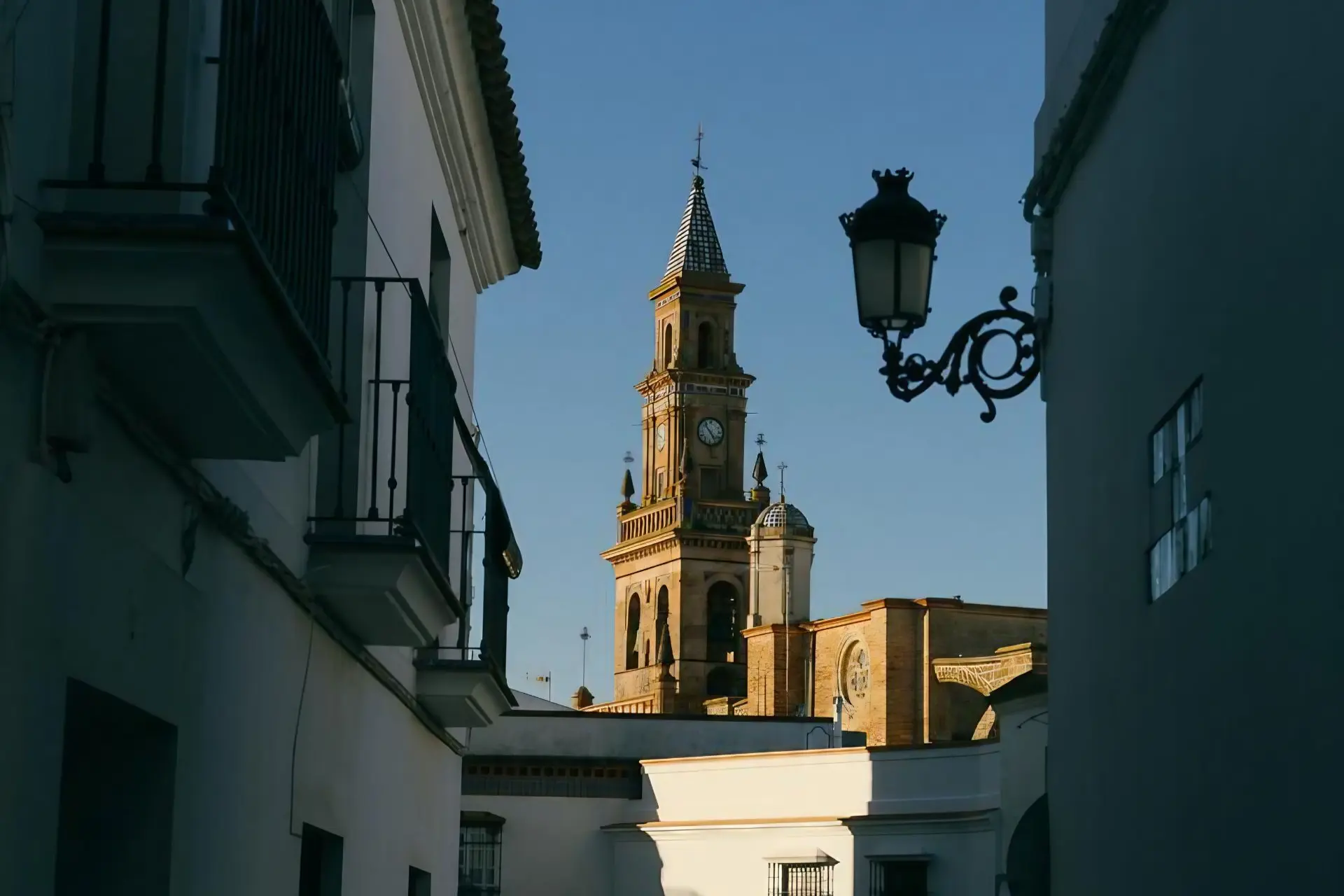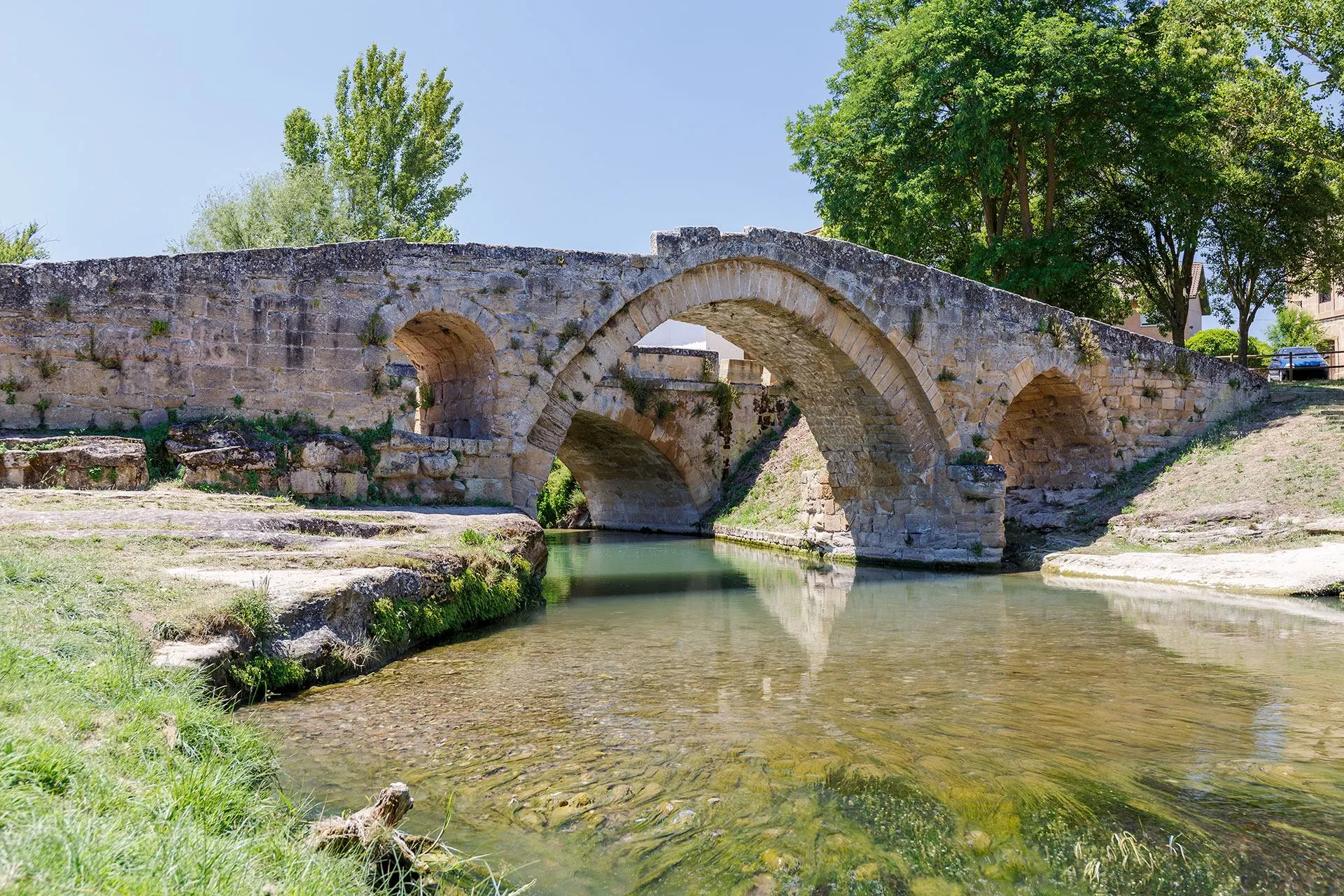The Camino can be described as two journeys – one spiritual, the other physical – and the physical journey ends in Santiago de Compostela. Pilgrims celebrate when they reach their destination, but why is Santiago so important and how does the city celebrate the Feast of St James in July?
St James (Santiago) is the patron saint of Spain, Galicia, and Santiago de Compostela. One of Jesus’s twelve apostles, according to legend, his remains are in the Santiago cathedral.
During the last two weeks of July, Santiago celebrates its biggest festival of the year: the Feast of St James or the Apostle Festival. This year (2022) is considered a ‘holy’ or ‘xacobeo’ year due to the pandemic curtailing celebrations in 2021.
How is the Feast of St James celebrated?

The Feast Day of St James is on 25th July, but celebrations start ten days before. During that time, the city is buzzing with music, theatre and cultural events which combine religion and tradition.
The highlight is the firework display on the eve of St James’ Day. At midday on 24 July, the cathedral bells ring out to herald the event. The Plaza del Obradoiro fills with light and colour, with multidimensional projections on the cathedral itself and setting fire to a firework castle representing the cathedral’s façade.
On the feast day itself, a member of the Spanish Royal Family attends High Mass in the cathedral. It is one of the special dates when the botafumeiro is used. The botafumeiro is an immense incense burner that weights 80kg and needs eight people to swing it through the cathedral. An incredible sight to behold.
Further fireworks signify the end of the festivities on 31st July.
Who was Saint James?

James was one of the twelve apostles of Jesus, who travelled spreading the word following the ascension of Jesus.
James’s travels took him to Spain where, after being imprisoned in Granada, he went to Galicia to preach. According to local tradition, in January 40AD, the Virgin Mary appeared to James on the bank of the Ebro River. She appeared upon a pillar, which remains today and is venerated within the Basilica of Our Lady of the Pillar, in Zaragoza. She told James to return to Jerusalem once the church had been established.
On his way back to Jerusalem, James visited Mary in Ephesus. During his visit, Mary predicted his death in Jerusalem. James continued to Jerusalem where he was captured, taken to Calvary, and executed.
According to legend, his body was transported by a stone-built boat to Padrón on the Galician coast and then taken inland to be buried at what is now Santiago de Compostela. The grave was rediscovered in 813 by a hermit following a star; this is where ‘Compostela’ – field of the star – comes from.
Why is the scallop shell a symbol of the Camino?

Scallop shells are plentiful on the beaches of Galicia and provided a practical utensil for ancient pilgrims to eat and drink from. There is also the legend that St James rescued a knight from the sea covered in seashells.
Symbolically, the shell’s grooves come together at a single focal point, just as the different Camino routes come together at Santiago. Pilgrims are often identifiable from the shells hanging from their backpacks or staffs as they take the path to spiritual enlightenment.
Join us on the Camino de Santiago

Every year thousands of pilgrims embark on the Camino. Here at TOMA & COE we offer you the opportunity to join them in a journey of physical and emotional enlightenment.
Details of our upcoming guided pilgrimage tours can be found here.
“A walk on the Camino with TOMA & COE is as good as it gets. This journey on the pilgrim path is beautiful and meaningful beyond expectations and Manni adds depth to the experience.”

